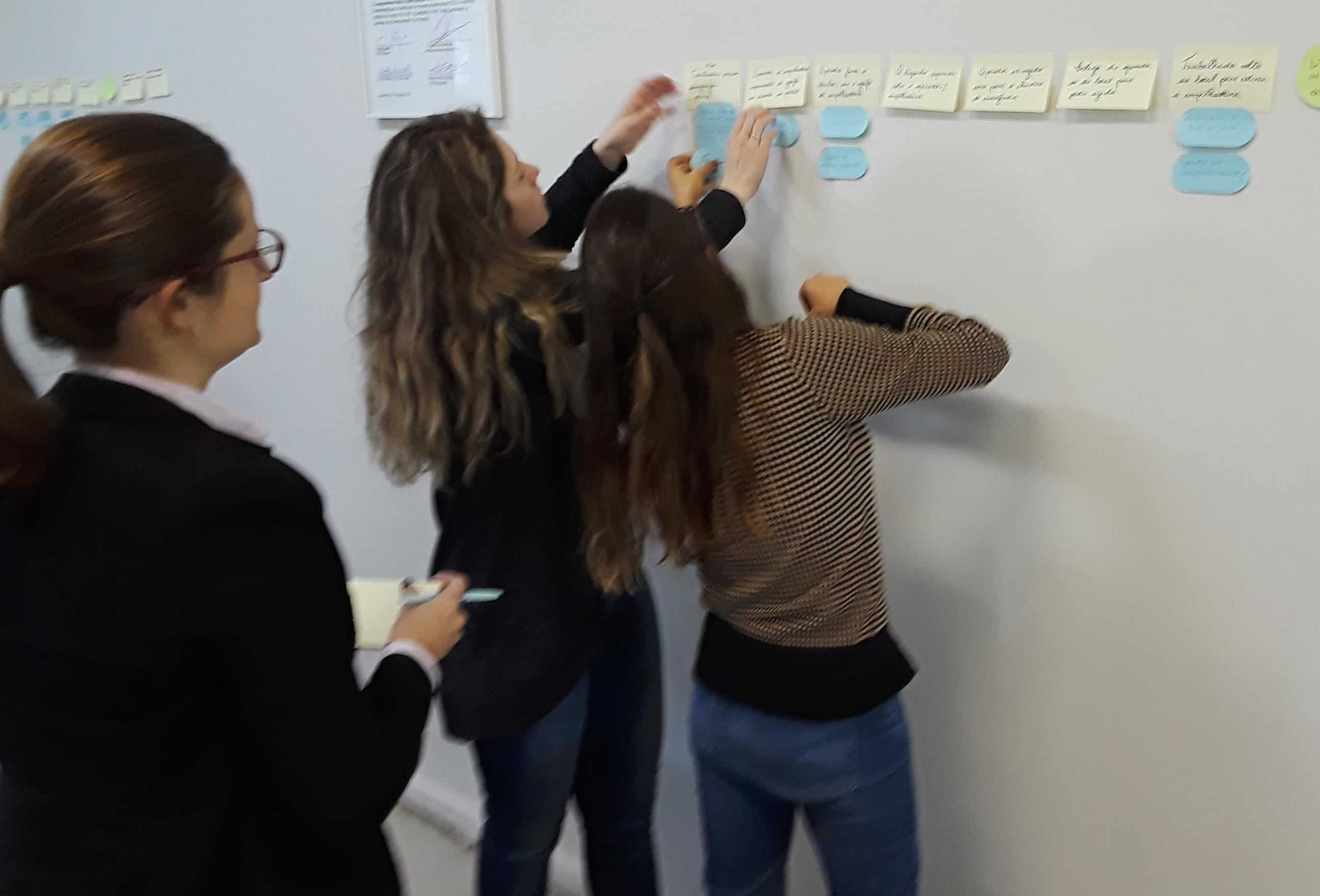Keeping TapRooT® Investigations Out of Court

We would all agree that performing accident investigations and investigations of quality issues to prevent repeat accidents is a good idea. But some may be reluctant to perform investigations because of the legal liability they think the investigation report may represent.
Of course, they are at least partially right. Frequently, significant accidents result in lawsuits. And if your investigators aren’t careful, they may put poorly chosen words or even un-true statements in their investigation reports. Thus, company counsel or outside counsel may prefer that the actual accident investigation reports be excluded from evidence in a court proceeding to reduce the liability that an accident investigation report may represent.
Excluding a report performed after an accident to look for ways to prevent future accidents is a protected activity under federal law. FRE Rule 407, Subsequent Remedial Measures, states:
When measures are taken that would have made an earlier injury or harm less likely to occur, evidence of the subsequent measures is not admissible to prove:
- negligence;
- culpable conduct;
- a defect in a product or its design; or
- a need for a warning or instruction.
But the court may admit this evidence for another purpose, such as impeachment or — if disputed — proving ownership, control, or the feasibility of precautionary measures.
How can you help preserve your right to exclude your report from discovery and use at trial? Outside counsel for one of our clients has suggested that all TapRooT® users add one of the following preambles or appendices to every TapRooT® Investigation. We thought this sounded like a good idea, so we are passing along the following preambles or appendices for you to consider when writing your investigations….
For safety investigations at a company, the preamble suggested by the attorneys is as follows:
– – –
Note:
1. Substitute/insert the correct company name for “COMPANY” throughout, and
2. Add this preamble to every TapRooT® investigative report.
COMPANY TapRooT® Investigation Preamble
In order improve COMPANY’s overall safety performance and to prevent or significantly reduce the likelihood of the same or a similar work-related incident/injury/illness (“incident”) from reoccurring, COMPANY conducts a TapRooT® systematic investigative approach to incident investigation and analysis to solve significant performance problems and/or equipment failures that may arise from time to time during its operations. TapRooT® is an efficient and effective method that helps to identify best practices and/or missing knowledge related to an incident, which will allow COMPANY to execute/institute lasting fixes faster, thereby increasing reliability thru identification of remedial measures. TapRooT® reveals root causes, causal factors, events, and/or conditions within COMPANY’s management control so that corrective action can be taken. Said more succinctly, root causes in TapRooT® are causes COMPANY management has control over. The information generated during a TapRooT® investigation is essential to implementing an effective prevention program under the control of COMPANY’s management by using hindsight analysis of the incident to perform remedial measures.
TapRooT® is a system used to determine subsequent remedial measures COMPANY may take to improve future performance. This investigation therefore is excluded from evidence under Federal Rule of Evidence 407 based on the policy of encouraging COMPANY to remedy hazardous conditions without fear that their actions will be used as evidence against them, that is, to encourage COMPANY to take, or at least not discourage them from taking steps in furtherance of added safety.
Incidents, injuries and illness may occur as a result of third parties’ conduct. TapRooT® may not focus on the acts and/or omissions of third parties, contractors, subcontractors and/or vendors. Errors made by third-parties in design, repair, assembly, installation, construction, etc. are not the focus of TapRooT® inasmuch as COMPANY management has no control over errors made by these vendors except expected conformance with their duties owed to COMPANY.
Even though COMPANY makes every effort to determine what happened during an incident and to minimize future incidents through the COMPANY investigative team, TapRooT® is generated in hindsight and does not determine legal cause(s), “but for” causation, or proximate cause(s) of an incident. To infer this from a TapRooT® investigation would be a misuse of the TapRooT® analysis. Instead, TapRooT® determines events, conditions and causal factors in the root cause analysis. Each causal factor may have one or more root causes. Any causal factors and/or recommendations which may be generated in a TapRooT® investigation are based on the investigator/ investigation team’s own views, observation, educated opinions, experience, and qualifications. TapRooT® identifies remedial measures to reduce the probability of events such as the one being investigated from happening in the future. This information is not intended to replace the advice or opinion of outside COMPANY retained experts who may have more specialized knowledge in an area made the basis of this investigation. Equally important, while information gathered during a TapRooT® investigation is obtained from sources deemed reliable, the accuracy, completeness, reliability, or timeliness of the information is preliminary in nature until the final report is issued. Thus, the findings and/or conclusions of a TapRooT® investigation are subject to change based on information and data gathered during subsequent investigations by experts who may be more focused on legal causation, which is outside the scope of TapRooT®.
(1) FRE Rule 407. Subsequent Remedial Measures
When measures are taken that would have made an earlier injury or harm less likely to occur, evidence of the subsequent measures is not admissible to prove:
- negligence;
- culpable conduct;
- a defect in a product or its design; or
- a need for a warning or instruction.
But the court may admit this evidence for another purpose, such as impeachment or — if disputed — proving ownership, control, or the feasibility of precautionary measures.
– – –
For quality investigations subsequent to an issue with a product, the following preamble/appendix is suggested:
– – –
Note:
1. Substitute/insert the correct company name for “COMPANY” throughout, and
2. Add this preamble to every TapRooT® investigative report.
VENDOR TapRooT® Investigation Preamble
In order improve VENDOR’s overall quality performance and to prevent or significantly reduce the likelihood of the same or a similar quality issues from reoccurring which may lead to work-related incident/injury/illness or client related issues (“incident”), VENDOR conducts a TapRooT® systematic investigative approach to incident investigation and analysis to solve significant quality and/or performance problems and/or equipment failures that may arise from time to time during the use or manufacture of its products. TapRooT® is an efficient and effective method that helps to identify best practices and/or missing knowledge related to an incident, which will allow VENDOR to execute/institute lasting fixes faster, thereby increasing reliability thru identification of remedial measures. TapRooT® reveals root causes, causal factors, events, and/or conditions within VENDOR’s management control so that corrective action can be taken. Said more succinctly, root causes in TapRooT® are causes VENDOR management has control over. The information generated during a TapRooT® investigation is essential to implementing an effective prevention program under the control of VENDOR’s management by using hindsight analysis of the incident to perform remedial measures.
TapRooT® is a system used to determine subsequent remedial measures VENDOR may take to improve future performance. This investigation therefore is excluded from evidence under Federal Rule of Evidence 407 based on the policy of encouraging VENDOR to remedy hazardous conditions without fear that their actions will be used as evidence against them, that is, to encourage VENDOR to take, or at least not discourage them from taking steps in furtherance of added safety and quality.
Incidents, injuries, illness, and quality issues may occur as a result of third parties’ conduct. TapRooT® may not focus on the acts and/or omissions of third parties, contractors, subcontractors, vendors, and/or clients. Errors made by third-parties in design, repair, assembly, installation, construction, etc. are not the focus of TapRooT inasmuch as VENDOR management has no control over errors made by these third parties except expected conformance with their duties owed to VENDOR.
Even though VENDOR makes every effort to determine what happened during an incident and to minimize future incidents through the VENDOR investigative team, TapRooT® is generated in hindsight and does not determine legal cause(s), “but for” causation, or proximate cause(s) of an incident. To infer this from a TapRooT® investigation would be a misuse of the TapRooT® analysis. Instead, TapRooT determines events, conditions and causal factors in the root cause analysis. Each causal factor may have one or more root causes. Any causal factors and/or recommendations which may be generated in a TapRooT® investigation are based on the investigator/ investigation team’s own views, observation, educated opinions, experience, and qualifications. TapRooT® identifies remedial measures to reduce the probability of events such as the one being investigated from happening in the future. This information is not intended to replace the advice or opinion of outside VENDOR retained experts who may have more specialized knowledge in an area made the basis of this investigation. Equally important, while information gathered during a TapRooT® investigation is obtained from sources deemed reliable, the accuracy, completeness, reliability, or timeliness of the information is preliminary in nature until the final report is issued. Thus, the findings and/or conclusions of a TapRooT® investigation are subject to change based on information and data gathered during subsequent investigations by experts who may be more focused on legal causation, which is outside the scope of TapRooT®.
(1) FRE Rule 407. Subsequent Remedial Measures
When measures are taken that would have made an earlier injury or harm less likely to occur, evidence of the subsequent measures is not admissible to prove:
- negligence;
- culpable conduct;
- a defect in a product or its design; or
- a need for a warning or instruction.
But the court may admit this evidence for another purpose, such as impeachment or — if disputed — proving ownership, control, or the feasibility of precautionary measures.
– – –
Of course, before adopting any advice to reduce potential liabilities in future courtroom actions, you should consult your own in-house or outside counsel. They may modify the forms provided above or have other wording that they prefer.
So consider the advice provided above and get your own protective wording added to all your standard reports. We are looking at ways to add this to the TapRooT® Software and we’ll let you know when we’ve figured out a way to do it. Until then, we suggest manually adding the wording to your official final reports.



